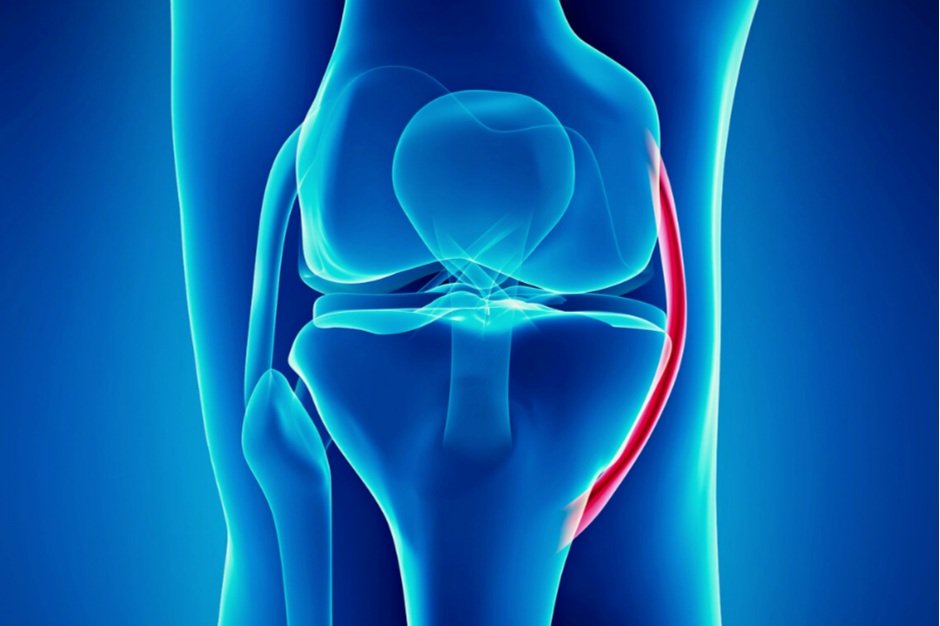Physical Therapy for MCL Injury
The medial collateral ligament, or MCL, is the most commonly damaged ligament in the knee that can be sprained or ruptured when a large force is applied to the ligament. The MCL provides support and stability to the knee during lateral and cutting movements and prevents the knee from bending inward toward the other knee. A physical therapist can help an athlete restore function, mobility, stability, and strength to the MCL through therapeutic exercise and targeted strengthening for a safe return to sport.
What is the MCL?
The MCL is the medial collateral ligament and runs down the inside of your knee joint, connecting the femur to the tibia and limiting sideways motion of the knee. The MCL provides support and stability to the knee during lateral and cutting movements and prevents the knee from bending inward toward the other knee.
The MCL is the most commonly damaged ligament in the knee that can be sprained or ruptured when a large force is applied to the ligament, when twisting the knee, or by quickly changing directions while walking or running. A common way the MCL is injured is being hit and tackled on the outside of the knee while the foot is planted in the ground during football. Injury is also common among skiers and soccer players or from trauma from a car accident.
The majority of MCL injuries are isolated injuries that can be successfully treated with physical therapy treatment within 5-7 weeks. It is only when an MCL injury occurs simultaneously with an ACL injury and meniscus injury that surgery may be needed prior to rehabilitation. When the injury occurs, you may feel a popping sound in the knee, followed by pain and swelling and difficulty putting weight on the knee.
Symptoms of an MCL injury include:
Pain on the inner side of the knee
Swelling and bruising at the inner side of the knee
Swelling that spreads to rest of knee injury within 24-48 hours after the injury
Knee stiffness
Difficulty or pain when trying to bend or straighten the knee
Unstable feeling in the knee as though the knee may buckle
Pain or difficulty walking, sitting down, rising from a chair, or climbing stairs
Physical Therapy for MCL Injury
Physical therapy is the preferred treatment for most MCL injuries to restore function, mobility, stability, and strength to the MCL through therapeutic exercise. Treatment first focuses on controlling knee swelling and then progresses to improving knee range of motion and quadriceps function.
Physical therapy treatment for an MCL injury can include:
Pain management and reduction using ice, heat, ultrasound, electrical stimulation, taping, and manual therapy
Gentle range of motion exercises of the knee and leg with a focus on first strengthening the quadriceps to support knee flexion early on
Strengthening exercises of the knee and leg, using cuff weights, elastic bands, weight-training
Aerobic conditioning through rowing, elliptical training, or aquatic therapy
Agility and balance training and progressive stability exercises, focusing on joint proprioception (the body’s ability to understand where it is in space)
Functional return-to-sport training to ensure that the MCL can handle the various loads placed on it during sports activities
If you have experienced an MCL strain or tear, working with a physical therapist can help you regain strength and function and return to sport safely without surgery!

